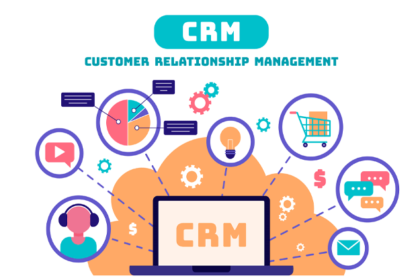Compliance in healthcare is defined by a deluge of regulations and standards that never sit still. As a result it’s critical to understand the challenges this environment presents, especially as technology transforms the industry. To that end, here’s an overview of how healthcare enterprises manage compliance conundrums while actively embracing digital transformation.
Understanding the Key Regulatory Frameworks
Healthcare compliance hinges on being up to speed with relevant regulatory frameworks, regardless of their complexity. Every region has unique requirements in play that demand thorough understanding.
In the U.S., core laws include:
- HIPAA, which safeguards patient information.
- The Affordable Care Act, which expands access to healthcare services.
- HITECH, which encourages secure electronic health record usage.
Globally, enterprises face varying standards like GDPR in Europe and privacy laws across Asia-Pacific countries. Adhering to these diverse regulations requires diligence.
Understanding regional nuances is crucial for organizations operating in multiple locations. For instance, comprehending what it takes to qualify for Connecticut disability benefits involves detailed knowledge of state-specific criteria and federal guidelines. This highlights how granular compliance efforts must be tailored according to locale-specific mandates.
In addition, compliance officers need a solid grasp of these rules to implement effective strategies. For organizations to achieve this they must:
- Conduct regular training sessions.
- Stay updated with regulatory changes.
- Engage with legal experts familiar with local laws.
Such proactive measures help prevent violations while building and sustaining trust among patients and partners alike.
Strategies for Implementing Compliance Technology
Integrating technology into compliance processes can streamline operations, reduce errors, and enhance efficiency. Implementing robust solutions lets healthcare enterprises ensure adherence to whatever regulations they’re faced with.
Key strategies involve:
- Automating data collection and reporting to minimize human error.
- Using cloud-based systems for secure storage and easy access.
- Deploying analytics tools that monitor compliance metrics in real time.
These technologies transform how organizations manage their responsibilities. Automation simplifies the burden of manual tasks by making information readily available.
Adopting advanced cybersecurity measures is vital as well. It protects sensitive patient data from breaches while complying with privacy laws like HIPAA.
Finally, continuous training helps staff understand new technologies effectively. This ensures that everyone involved knows how to operate within regulatory boundaries without disruption.
Balancing Privacy and Data Sharing
We’ve talked about how it’s useful to automate data collection, but this cannot come at the expense of patient privacy. This is also a factor at play when it comes to enabling data sharing, since healthcare professionals cannot operate optimally without the right info to hand. Achieving this balance requires thoughtful strategies that prioritize both security and accessibility.
Healthcare enterprises can do this by:
- Employing encryption technologies and best practices to protect data in transit.
- Implementing access controls that limit who can view or edit sensitive information.
- Using de-identification techniques for research purposes, ensuring patient anonymity.
These measures help organizations safeguard privacy without stifling necessary data flow. Moreover, catalyzing a culture of transparency with patients about how their information is used builds trust. At a time when more than 100 million people can be caught up in a single healthcare data breach, this trust is especially precious.
Lastly, patients should feel confident knowing their health records contribute to improved care quality and outcomes when shared responsibly. Therefore all staff must receive ongoing training on current privacy laws and practices as well as the importance of consent management protocols.
Streamlining Audits and Reporting
Efficient audit and reporting processes are another vital cog in the healthcare compliance machine. Streamlined systems ensure accuracy, save time, and support regulatory adherence.
Key practices include:
- Automating documentation collection to reduce manual workload.
- Utilizing integrated platforms that centralize data for easy access.
- Standardizing report formats to maintain consistency across departments.
These strategies enhance productivity by minimizing repetitive tasks. Automation allows teams to focus on analyzing results rather than compiling them, while centralized systems facilitate seamless information retrieval during audits.
Standardized reporting ensures all necessary data aligns with regulatory requirements, reducing the risk of non-compliance penalties. Additionally, conducting regular internal audits helps organizations identify potential gaps before external reviews occur.
Final Thoughts
The truth is that healthcare compliance requires adaptability, thorough understanding of regulations, and strategic implementation of technology. Organizations can only succeed when they integrate privacy practices, secure data sharing methods, and streamline processes. The good news is that leveraging modern solutions and continuous staff training empowers healthcare enterprises to meet fresh challenges head-on.










